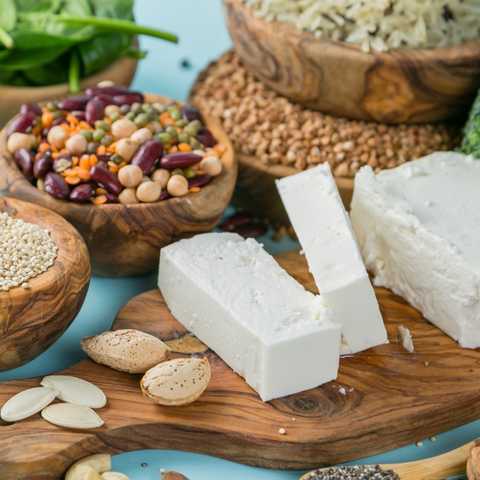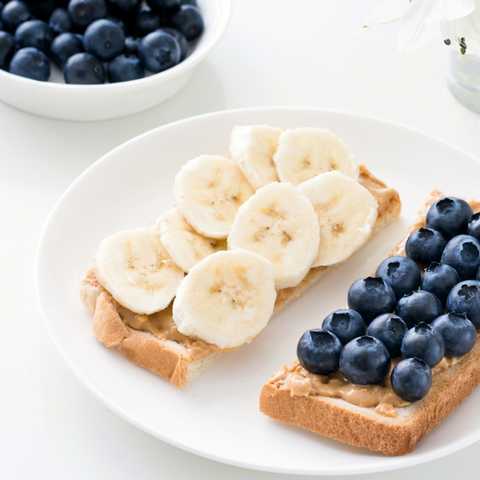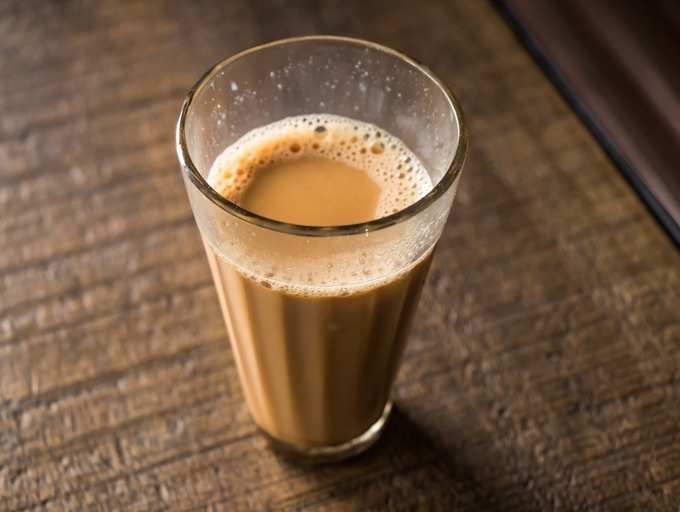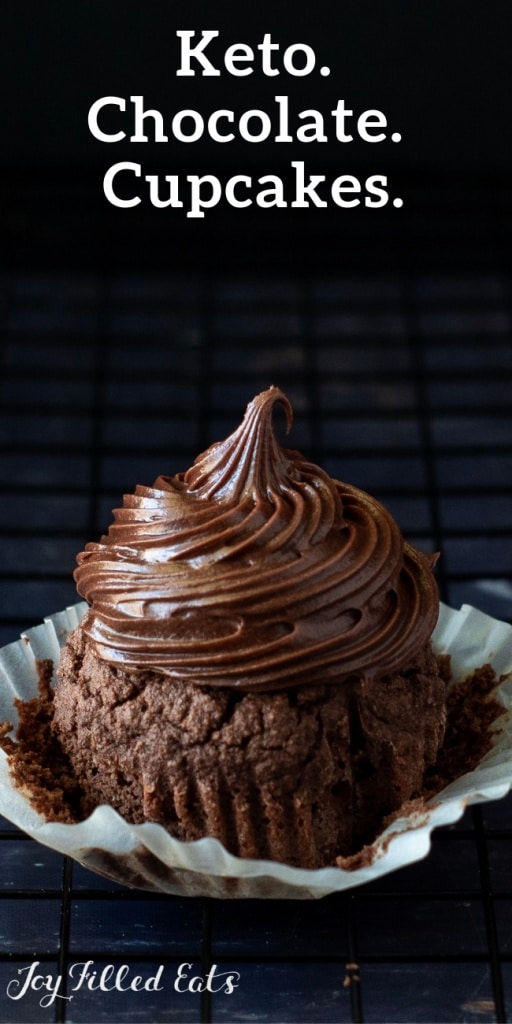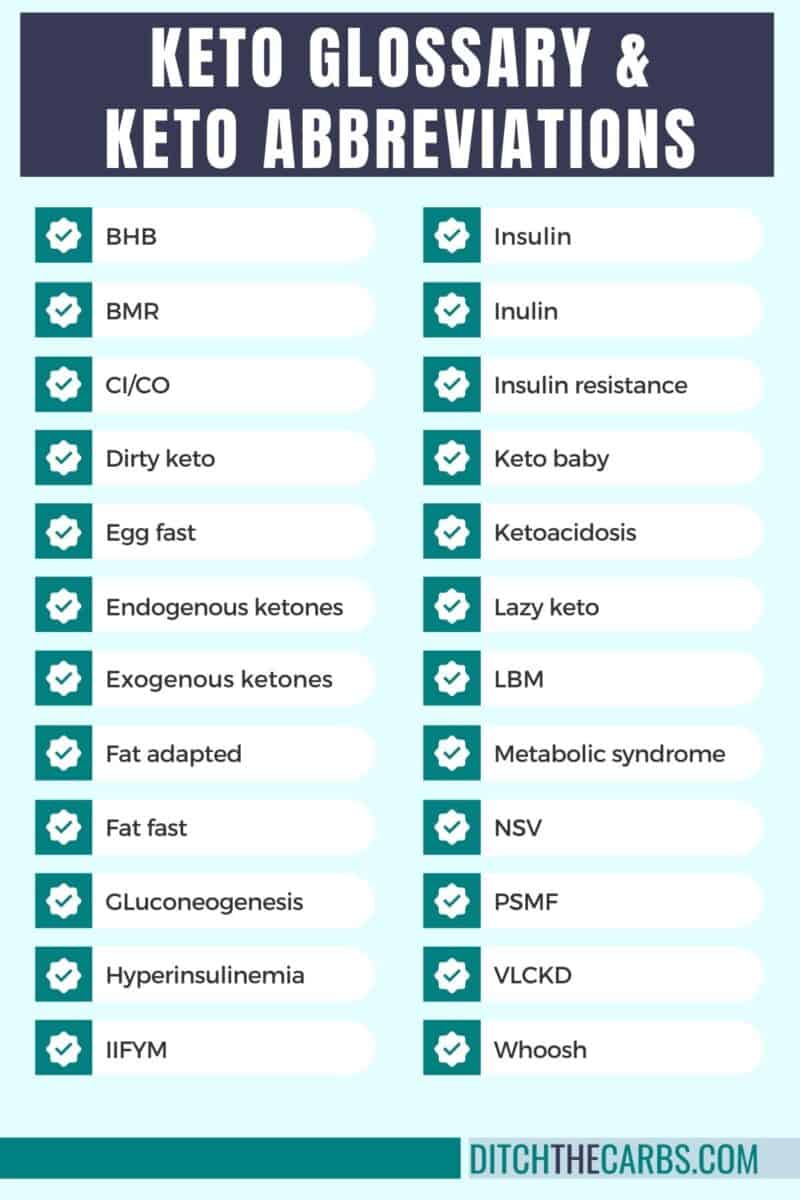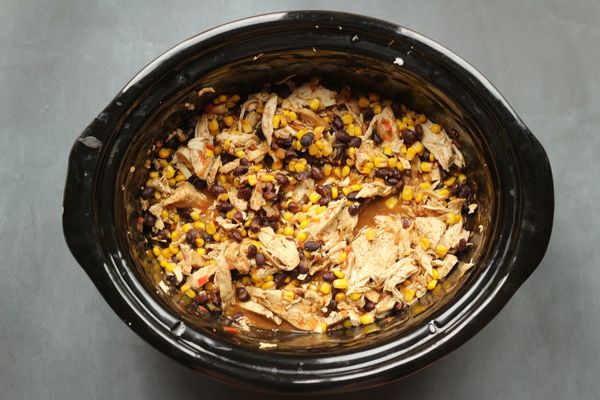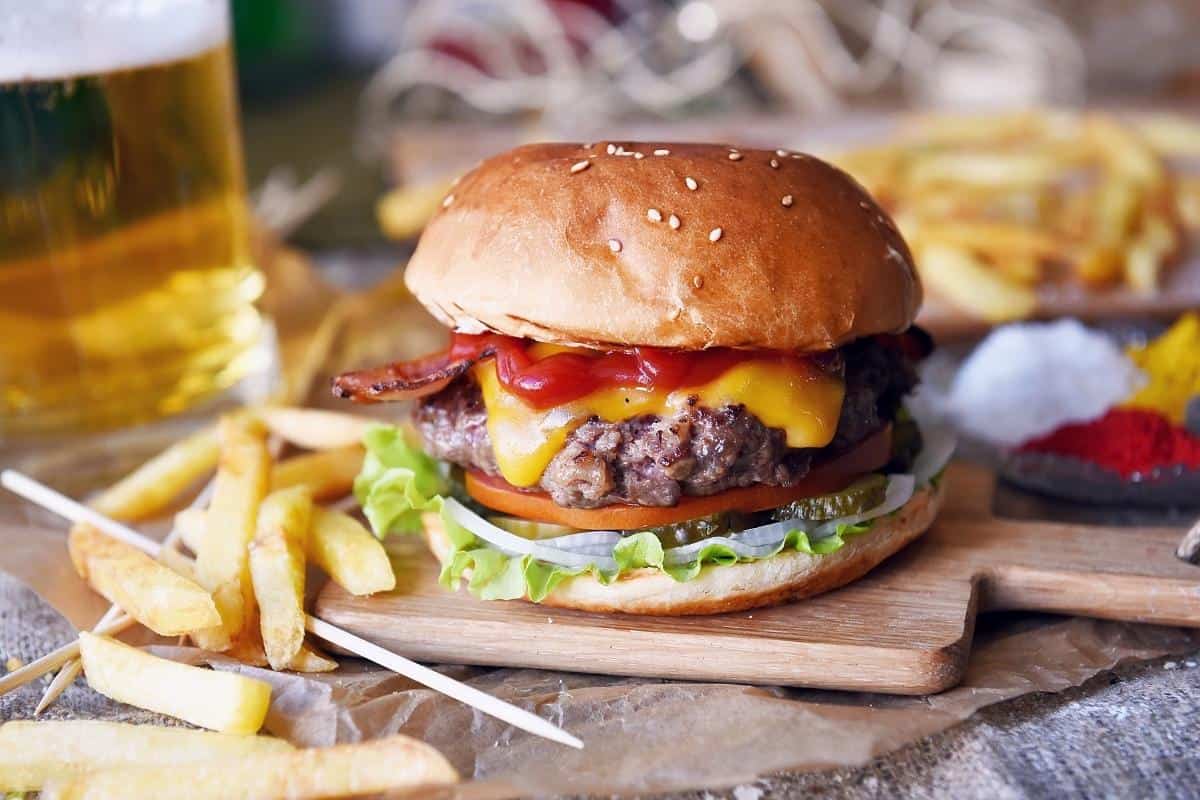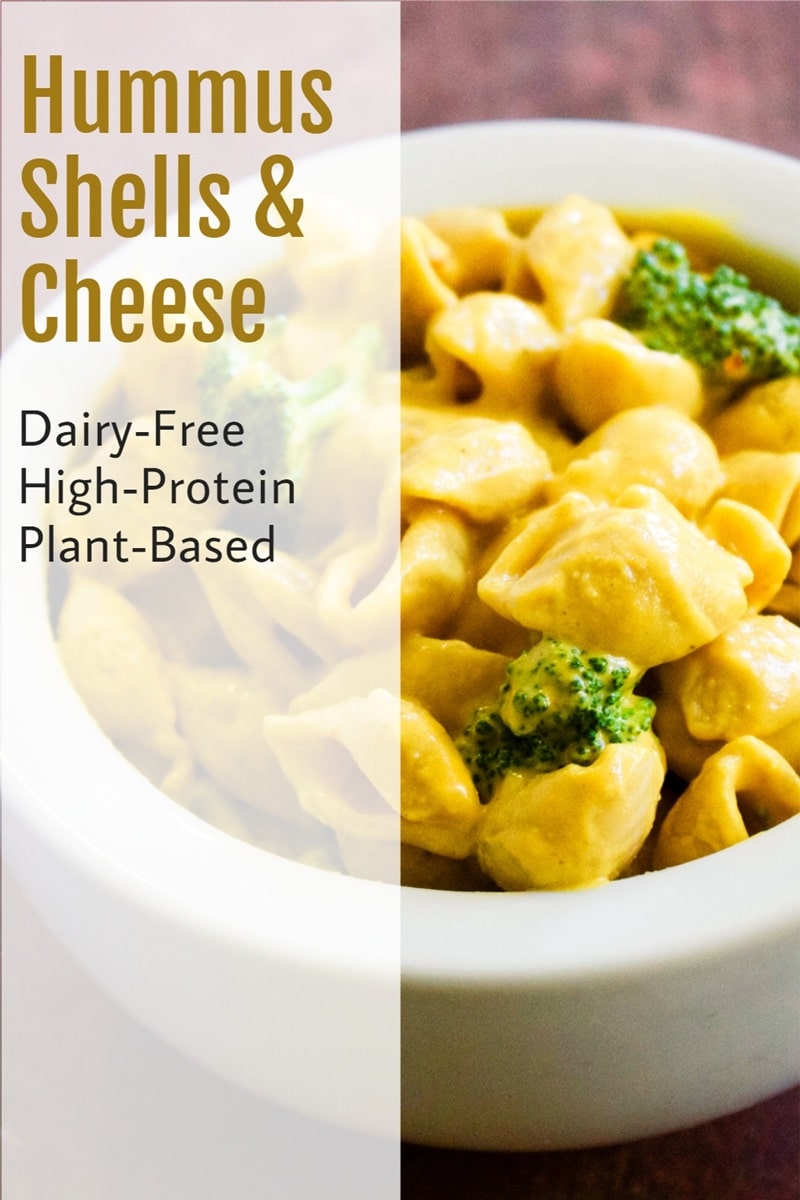Although the diets have several similarities, they have their fair share of differences as well. The keto diet is all about restricting carbohydrates, while the paleo diet involves eating the same foods our caveman ancestors once did.
And the one major thing they have in common is that both methods are far from the average American diet.
So, the question is: What eating style is right for you and your goals? That is what this article will help you figure out!
Table of Contents:
- What Is The Ketogenic Diet?
- What is The Paleo Diet?
- Keto vs Paleo Diet
- Paleo vs Keto Diet: Similarities and Differences
- Paleo Diet vs Keto Diet: Which is Better For You?
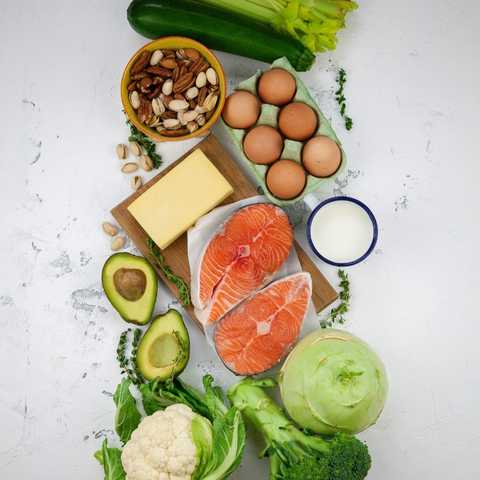
What Is the Ketogenic or ‘Keto’ Diet?
The keto diet has been around for over a century, and its origin story starts in an unlikely place. During the early 1900s, physicians discovered that patients suffering from epilepsy who consumed low-calorie diets combined with periods of fasting experienced fewer seizures and had fewer adverse health effects.
However, since fasting is only a short-term option, they needed to find a better long-term solution. In the 1920s, to mimic the same benefits that fasting produces, the ketogenic diet was used by physicians as a treatment for epilepsy1. It worked well, but after a few decades of use, modern drug advancement made it a less common treatment.
It wasn’t until the 1970s that it became known as a fat-loss diet. Throughout the 1970s, many low-carb keto-style diets, most notably the Atkins diet, grew in popularity. Keto continued with varying popularity throughout the next couple of decades. In the 1990s and early 2000s, it caught on in the hardcore bodybuilding world as a way for athletes to lose body fat quickly for competitions.
The popularity within bodybuilding helped the keto diet gain a foothold in the fitness community, leading to more interest over the past ten years. Today, the keto diet is a mainstay in the research community and the general public.
So, what exactly is the keto diet?
The ketogenic, or keto diet, is a way of eating that is low in carbohydrates, moderate in protein, and high in fat. Although similar, the keto diet is different than a traditional low-carbohydrate diet, which tends to emphasize moderate protein and fat. It also shares many similarities to the carnivore diet; however, the carnivore diet aims for no carbs and is high in protein and moderate in fat.
By definition, a keto diet elevates circulating ketone bodies, measurable in the blood, urine, or breath, a state known as nutritional ketosis. Ketones are made by the liver and are used as fuel when glucose is not readily available.
Aside from complete fasting, achieving nutritional ketosis requires limiting carbohydrates to around 50g daily or about 10 percent of total daily calories2. It can take anywhere from 2-4 days to get into ketosis. Those interested in speeding up the process may want to look into keto pills, which are designed to help you get into ketosis even faster.
The best thing about the keto diet is it reduces the intake of easy-to-overeat foods. And, the keto diet is a great fat-loss option if you don’t want to track your calories and macros.
Contrary to popular belief, a keto diet is not typically high-protein. In fact, the macros breakdown is usually 10% carbs, 20% protein, and 70% fat.
The fear is overeating protein while on a keto diet can kick the body out of ketosis. That said, a keto diet doesn’t have to be low in protein, either. Multiple studies have shown it is still possible to maintain a state of ketosis with higher protein intakes3,4,5.
To learn even more about the best nutritional strategies for lifters following keto, check out our keto bodybuilding guide.
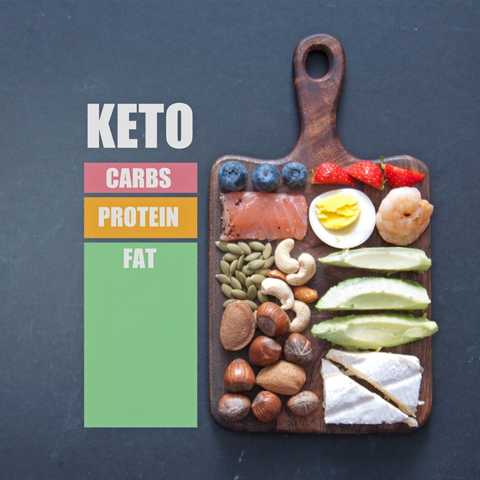
What is the Paleo Diet?
The popularity of the paleo diet exploded after paleo pioneer Dr. Loren Cordain published the book, “The Paleo Diet: Lose Weight and Get Healthy by Eating the Foods You Were Designed to Eat”6. Since then, the public’s appetite for paleo content has only increased, peaking in the early 2010s.
In recent years, the ancestral health community has split into different factions. Nutritional philosophies such as the Carnivore, Vertical, and even the Keto diet have cut into paleo’s popularity. That said, the paleo diet is still highly relevant.
By definition, the paleo diet, also referred to as the Caveman Diet, is thousands of years old and mimics early human diets. The paleo or ancestral diet is an approach to eating based on foods that humans had available during the Paleolithic era. It requires looking to the past to optimize health and well-being in the present.
A caveman diet shares many similarities with the whole30 meal plan and includes meat, seafood, eggs, fresh fruit and vegetables, nuts, and seeds. If it comes in a package and needs an ingredient list, it’s probably not paleo. The main foods to avoid on a paleo diet are dairy, grains, soy, starchy vegetables, legumes, and highly processed foods7.
Before agriculture (or 24-hour grocery stores), the human diet was inherently high in protein, low to moderate carbohydrates, and high in fat. On the surface, the Paleo diet makes a lot of sense. Paleo foods are high in vitamins, minerals, fiber, and healthy fats.
But by following a strict paleo diet, you miss out on the potential benefits of dairy, whole grains, and legumes, which are also highly nutritious. Additionally, it is hard to pinpoint precisely what our caveman ancestors ate daily.
And it largely depended on what part of the world they were in and the time of year. Due to this, many of the rules around food selection are arbitrary.
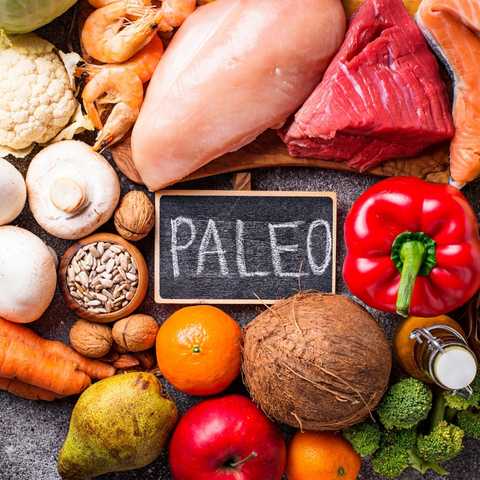
Keto vs Paleo Diet
A common misnomer is that paleo and ketogenic diets are the same. However, this is not true. When comparing paleo vs keto, it’s important to know that a paleo diet is not necessarily a keto or low-carb diet, although it can be. Food groups such as sweet potatoes and fruit, both relatively high carb, have a place in a paleo diet in most cases.
Also, with the paleo diet, somebody can adjust the amounts of protein, carbohydrates, and fat based on their goals and health. With keto, the nutritional parameters are more defined.
A typical keto diet contains 5-10% of daily calories from fibrous carbohydrates, 15-35% of total calories from protein, and 65-85% of total calories from fat.
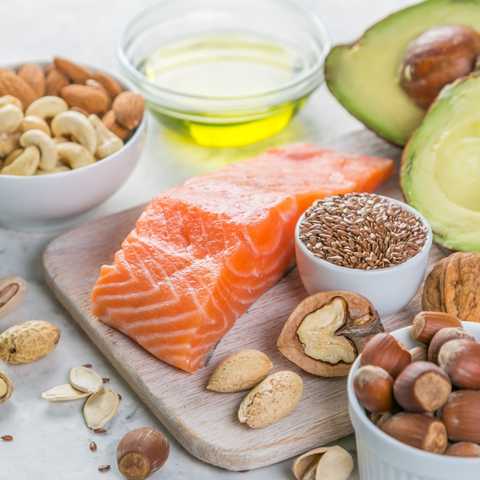
Paleo Diet vs Keto: Similarities
As mentioned, the paleo and keto diets have a ton of similarities. For one, both diets are focused on minimally processed whole foods. Because of this, both plans do a good job of avoiding highly palatable foods that are easy to overeat, making them a great fat-loss option.
This table shows the foods that are approved for both paleo and keto diets, in addition to the foods that are off limits for both.
|
Food Type: |
Paleo Approved: |
Keto Approved: |
| Meat |
Yes |
Yes |
|
Seafood |
Yes |
Yes |
|
Eggs |
Yes |
Yes |
|
Nuts & Seeds |
Yes |
Yes |
|
Almond Butter |
Yes |
Yes |
|
Green Veggies |
Yes |
Yes |
|
Cauliflower |
Yes |
Yes |
|
Yellow Squash & Zucchini |
Yes |
Yes |
|
Avocado |
Yes |
Yes |
|
Peppers |
Yes |
Yes |
|
Oils (Olive, Avocado, Coconut) |
Yes |
Yes |
|
Berries (Small Amounts For Keto) |
Yes |
Yes |
|
85% (Or Higher) Dark Chocolate |
Yes |
Yes |
|
Water, Coffee, & Tea |
Yes |
Yes |
|
Grains (Rice, Quinoa, Oats, Corn, Etc.) |
No |
No |
|
Sugar |
No |
No |
|
Pasta |
No |
No |
|
Bread |
No |
No |
|
Potatoes (And Other Starchy Veggies) |
No |
No |
|
Beans & Lentils |
No |
No |
|
Processed Foods (Candy, Chips, Sweets) |
No |
No |
Paleo Diet vs Keto: Differences
The critical differences between a paleo and keto diet are the mentality between the two and the approach you take with counting macros. In addition, there are multiple foods you can eat on one but not the other.
When looking at paleo vs keto, the paleo diet restricts food choices while allowing nearly any macronutrient breakdown as long as only paleo-approved foods are eaten.
On the other hand, a keto diet is centered around low carbohydrate intake and the presence of ketone bodies in the blood, urine, or breath. Food quality is less critical as long as the body remains in ketosis.
This table highlights the different foods that can be eaten on each diet.
|
Food Type: |
Paleo: |
Keto: |
|
Sweet Potatoes & Yams |
Yes |
No |
|
Carrots |
Yes |
No |
|
Butternut Squash |
Yes |
No |
|
High Sugar Fruit |
Yes |
No |
|
Cheese |
No |
Yes |
|
Full-Fat Cottage Cheese |
No |
Yes |
|
Full-Fat Greek Yogurt |
No |
Yes |
|
Heavy Whipping Cream |
No |
Yes |
|
Butter & Ghee |
No |
Yes |
|
Peanuts & Peanut Butter |
No |
Yes |
|
Almond Milk |
No |
Yes |
|
Tofu & Tempeh |
No |
Yes |
|
Sugar-Free Sweeteners, Drinks, & Products |
No |
Yes |
FAQs
Let’s clear up any other questions you may have about the similarities and differences between paleo and keto diets.
What is the main difference between paleo and keto?
The main difference between a paleo and keto diet is macronutrient composition. A keto diet, by definition, is a low-carb diet. On the other hand, a paleo diet is not necessarily low-carb. Regarding food selection, almost any low-carb food is allowed on a keto diet. But, with a paleo diet, only foods available to our paleolithic ancestors are permitted.
Do you lose weight faster on keto or paleo?
You can lose weight fast on a keto or paleo diet, depending on calorie intake. The main factor for weight loss is a calorie deficit. However, a keto diet will generally produce more weight loss in the short term due to losing water from low-carb intake.
Which is better for building muscle, paleo or keto?
Under most circumstances, the paleo diet is better for building muscle due to the higher carb intake. Keto is typically better for lifters who are in a fat-loss phase. Check out our article on building muscle on keto to learn more about how bodybuilders should use keto for fat loss and preserving muscle.
How many carbs are allowed on keto vs paleo?
On a keto diet, total carbs need to stay under 50g daily to ensure the body produces ketone bodies. There is no limit to carb intake on a paleo diet as long as the carbohydrate sources are approved. Examples of paleo carb sources include sweet potatoes, yams, most fruit, and vegetables.
Is keto or paleo better for people with diabetes?
A keto or paleo diet can work well for people with type two diabetes. However, if you have type one diabetes and want to try the keto diet, you must talk to your doctor first.
Is keto or paleo better for inflammation?
When looking at paleo vs keto for inflammation, both diets can have anti-inflammatory effects. This is because they both eliminate foods that typically cause inflammation, including grains, sugar, vegetable oils, and alcohol.
Is Keto or Paleo healthier?
When comparing the keto diet vs paleo, it is hard to say which diet is healthier. If you are overweight, both diets can be effective in helping you get down to a healthier body weight. However, a paleo diet typically produces a more robust micronutrient profile.
Can you combine keto and paleo?
Yes, you can combine a keto and paleo diet. The key is to eat only paleo-approved foods while keeping total carb intake under 50g daily.
Who should not follow a keto or paleo diet?
Neither the keto nor paleo diet works well for those following a vegetarian or vegan diet. It’s possible to be in ketosis on solely vegetarian food sources, but your options are minimal. Likewise, there are both paleo and vegetarian-friendly foods, but eating only these would be hard to sustain due to how limited the options are.
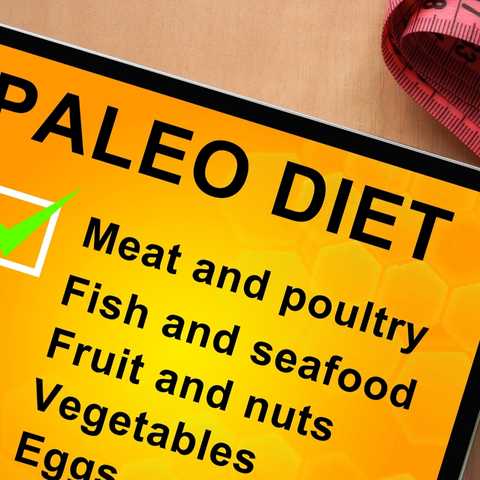
Paleo diet vs Keto: Which is Right For You?
So, the big question we’re left with is: Which diet is best for you? The short answer is the best diet is the one you can stick to long-term. Adherence to the diet is most important.
The keto diet will work great if you prefer high-fat foods and don’t mind eliminating carbohydrates. But, the paleo diet is likely the best option if you prefer to focus on eating whole foods without worrying about maintaining a carbohydrate intake under 50g daily.
It’s also important to consider what your goals are. Both diets can work well for fat loss, but the keto diet is likely better. The keto diet does a great job of making you feel full and maintaining muscle mass while on lower calories.
Alternatively, if you have athletic goals, the ability to add carbohydrates, specifically around workouts, would favor the paleo diet.
In closing, both keto and paleo diets can provide health benefits and be effective. The right one for you is the one that aligns best with your goals. As the expression goes, there are different strokes for different folks.
Interested in learning more about keto? Check out our Complete Keto Bodybuilding Guide for more information on how it works, a list of the best foods to eat, and even a 7-day meal plan!
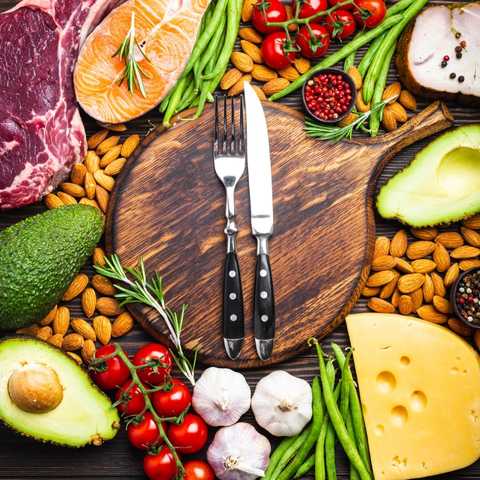
- Wheless JW. History of the ketogenic diet. Epilepsia. 2008 Nov;49 Suppl 8:3-5. doi: 10.1111/j.1528-1167.2008.01821.x. PMID: 19049574.
- Westman EC, Feinman RD, Mavropoulos JC, Vernon MC, Volek JS, Wortman JA, Yancy WS, Phinney SD. Low-carbohydrate nutrition and metabolism. Am J Clin Nutr. 2007 Aug;86(2):276-84. doi: 10.1093/ajcn/86.2.276. PMID: 17684196.
- Burke LM, Ross ML, Garvican-Lewis LA, Welvaert M, Heikura IA, Forbes SG, Mirtschin JG, Cato LE, Strobel N, Sharma AP, Hawley JA. Low carbohydrate, high fat diet impairs exercise economy and negates the performance benefit from intensified training in elite race walkers. J Physiol. 2017 May 1;595(9):2785-2807. doi: 10.1113/JP273230. Epub 2017 Feb 14. PMID: 28012184; PMCID: PMC5407976.
- Wilson JM, Lowery RP, Roberts MD, Sharp MH, Joy JM, Shields KA, Partl JM, Volek JS, D’Agostino DP. Effects of Ketogenic Dieting on Body Composition, Strength, Power, and Hormonal Profiles in Resistance Training Men. J Strength Cond Res. 2020 Dec;34(12):3463-3474. doi: 10.1519/JSC.0000000000001935. PMID: 28399015.
- Volek JS, Freidenreich DJ, Saenz C, Kunces LJ, Creighton BC, Bartley JM, Davitt PM, Munoz CX, Anderson JM, Maresh CM, Lee EC, Schuenke MD, Aerni G, Kraemer WJ, Phinney SD. Metabolic characteristics of keto-adapted ultra-endurance runners. Metabolism. 2016 Mar;65(3):100-10. doi: 10.1016/j.metabol.2015.10.028. Epub 2015 Nov 2. PMID: 26892521.
- Agoulnik, Dorothy MS, RD; Lalonde, Mathieu Pascal PhD; Ellmore, George S. PhD; McKeown, Nicola M. PhD. Part 1: The Origin and Evolution of the Paleo Diet. Nutrition Today 56(3):p 94-104, 5/6 2021. | DOI: 10.1097/NT.0000000000000482
- de la O V, Zazpe I, Martínez JA, Santiago S, Carlos S, Zulet MÁ, Ruiz-Canela M. Scoping review of Paleolithic dietary patterns: a definition proposal. Nutr Res Rev. 2021 Jun;34(1):78-106. doi: 10.1017/S0954422420000153. Epub 2020 Jun 2. PMID: 32482184.





